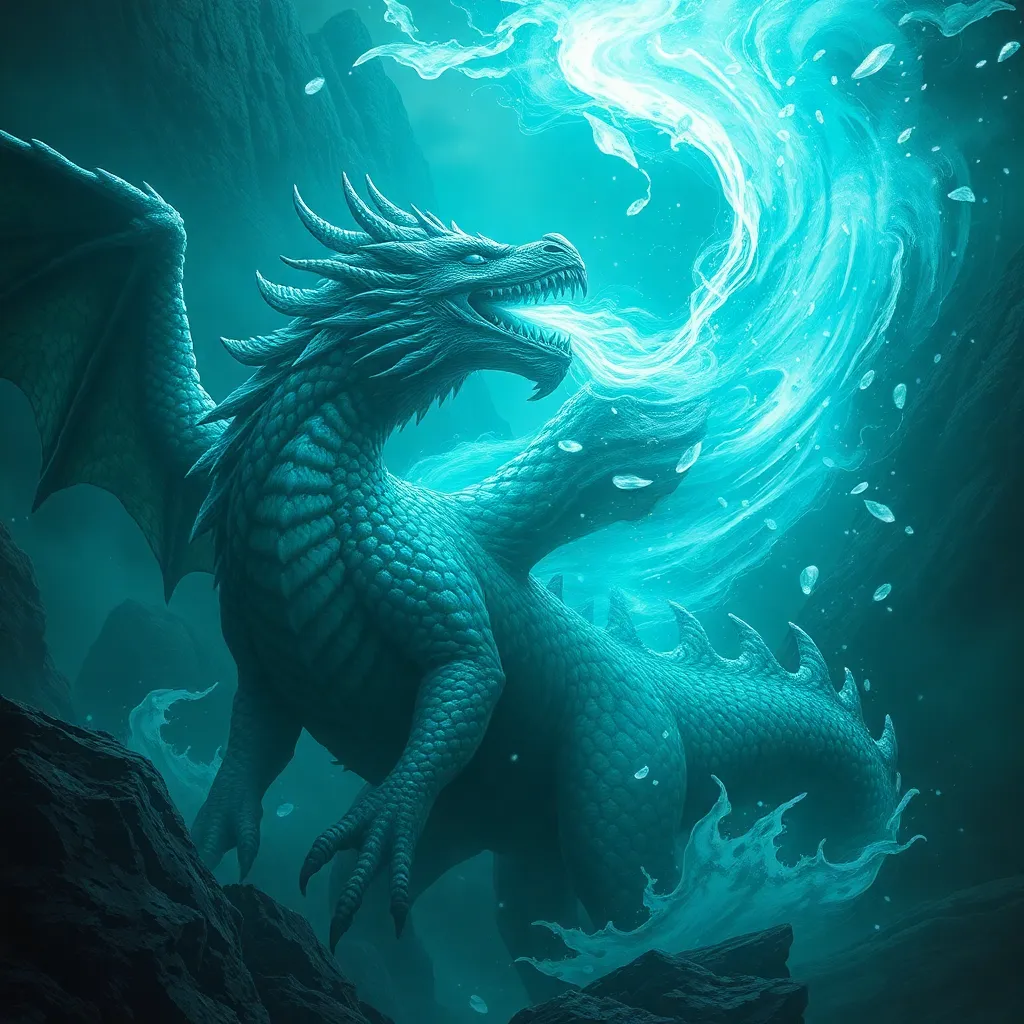The Symbolism of Clouds in Finnish Mythology
Clouds, ethereal formations that dance across the sky, have held profound significance in Finnish mythology for centuries. As symbols of change, messengers from the otherworld, guardians of the sky, portents of change, and representations of nature's power, clouds have played a vital role in shaping the beliefs and stories of the Finnish people.
Historical Context of Finnish Mythology
Finnish mythology, a rich tapestry of myths, legends, and folklore, has its roots in the ancient animistic beliefs of the Finno-Ugric peoples. These beliefs held that all elements of nature, including clouds, possessed a spirit or consciousness. As such, clouds were seen as powerful entities that could influence the lives of humans.
Clouds as Symbols of Transformation
In Finnish mythology, clouds were often associated with transformation and change. The transformative nature of clouds was evident in their ability to change shape and appearance, symbolizing the impermanence of life and the constant flux of the world. Clouds were also seen as portals to other realms, allowing spirits and deities to pass between the human world and the otherworld.
Clouds as Messengers from the Otherworld
Clouds were believed to be messengers from the otherworld, carrying messages from the gods and spirits. The shape and movement of clouds were interpreted as signs or omens, guiding humans in their decisions and actions. Certain cloud formations were associated with specific deities or spirits, and their appearance was often seen as a sign of their presence or favor.
Clouds as Guardians of the Sky
In Finnish mythology, clouds were believed to be guardians of the sky, protecting the world from evil spirits and forces. Certain cloud formations were associated with specific deities or spirits responsible for guarding the sky and maintaining the balance between the human world and the otherworld. These cloud guardians were often invoked in prayers and rituals to ensure protection and ward off evil.
Clouds as Portents of Change
Clouds were also seen as portents of change, both good and bad. The shape, movement, and color of clouds were carefully observed for signs of upcoming events. Certain cloud formations were associated with specific types of weather, such as storms, rain, or clear skies. By observing and interpreting these cloud formations, people could gain insights into the future and make preparations accordingly.
Clouds as Representations of Nature’s Power
Clouds were powerful representations of nature's power and the forces beyond human control. The vastness and ever-changing nature of clouds reminded people of the insignificance of humans in the face of the natural world. Clouds could bring both life-giving rain and destructive storms, symbolizing the dual nature of nature and the importance of respecting its power.
Clouds as Symbols of Transience
Clouds were also powerful reminders of the transience of life and the ephemeral nature of all things. Their fleeting beauty and constant transformation served as a reminder that everything in life is impermanent and that change is the only constant. Clouds encouraged people to appreciate the present moment and to live their lives to the fullest, knowing that time passes quickly and nothing lasts forever.
Clouds in Finnish Folklore and Legends
Clouds feature prominently in Finnish folklore and legends, often playing a role in shaping the lives and destinies of characters. In the epic poem "The Kalevala," clouds are depicted as messengers from the gods, bringing news and guidance to the heroes. Clouds also appear in countless other folktales, where they symbolize transformation, magic, and the power of the natural world.
Conclusion: The Cultural Significance of Cloud Symbolism
The symbolism of clouds in Finnish mythology is a testament to the deep connection between the Finnish people and the natural world. Clouds were seen as powerful and mysterious entities that influenced human lives and shaped the course of events. By observing and interpreting clouds, people gained insights into the future, sought protection from evil forces, and were reminded of the transience of life. The cultural significance of cloud symbolism in Finnish mythology continues to inspire and captivate people today.
FAQ
Q: What was the role of clouds in Finnish mythology?
A: Clouds were symbols of transformation, messengers from the otherworld, guardians of the sky, portents of change, representations of nature's power, and symbols of transience.
Q: How were clouds interpreted in Finnish folklore and legends?
A: Clouds featured prominently in Finnish folklore and legends, often as messengers from the gods, symbols of transformation, or magical elements.
Q: What is the cultural significance of cloud symbolism in Finnish mythology?
A: The symbolism of clouds in Finnish mythology is a testament to the deep connection between the Finnish people and the natural world. Clouds were seen as powerful and mysterious entities that influenced human lives and shaped the course of events.



